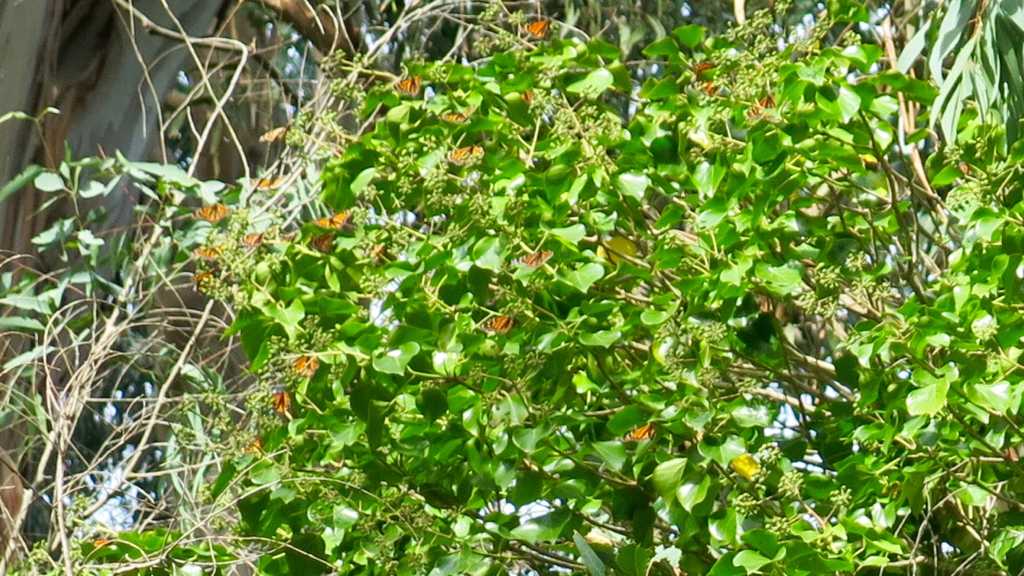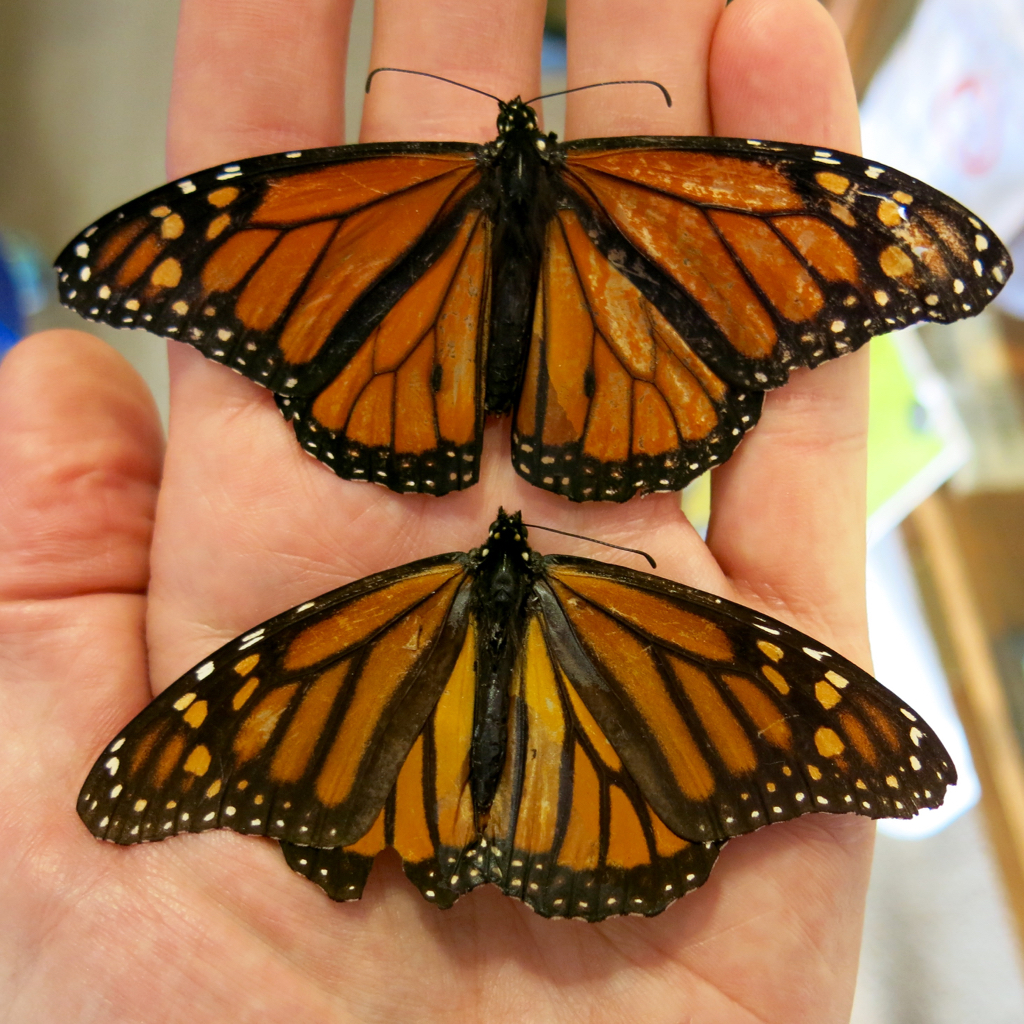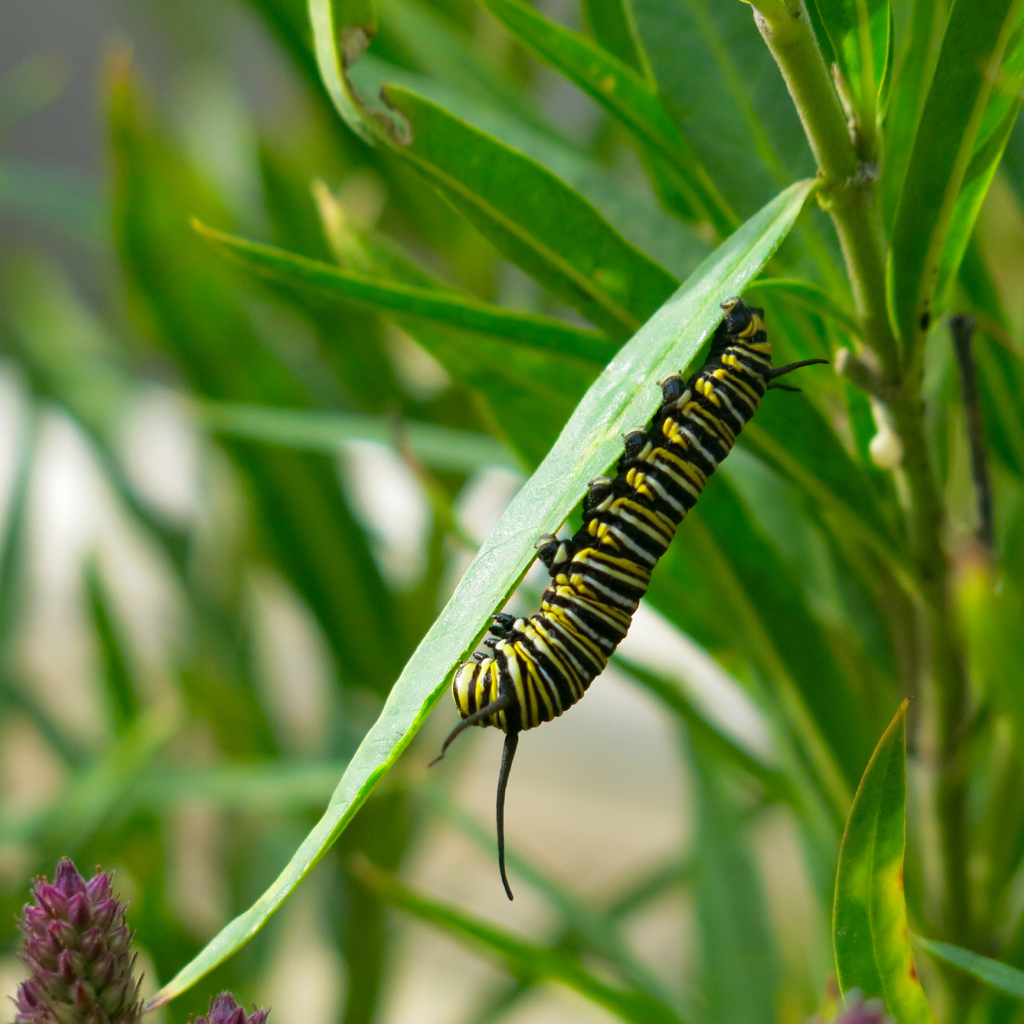This system, developed by Mohamed Bah Abba of Nigeria, cools food by evaporation, using no electricity. The Arabic term for this device is transliterated as “zeer,” so it is sometimes called a “zeer pot.”
How it works: The Pot-in-Pot Preservation Cooling System consists of two nested porous clay pots, with fine sand in between them, and a cloth covering the opening. You pour water into the sand, until it soaks through the outer pot. You also soak the cloth in water. As the water evaporates from the outer pot and the cloth, it cools the inside. The sand and pots act as both water reservoir, and thermal mass (so the pot stays cool when you open the lid). The moist interior is especially good for cooling fresh produce (which is what it was originally designed to do).
How cool it can get (theoretically): The inside temperature of the Pot-in-Pot Preservation Cooling System depends on outside air temperature, humidity, air flow around the pot, and whether the pot stands in the sun. Under ideal conditions, the inside temperature should get close to what meteorologists call “wet-bulb temperature.” Some users report temperatures as low as 40° F. I will track the temperature inside this pot over time.
How I made one:
Materials:
1 – 12″ dia. terracotta pot
1 – 14″ dia. terra cotta pot
6 – small pottery feet
2 – corks to fit the holes in the pots
1 – 12″ dia. pot saucer
1 – old T-shirt
25 lbs. of fine sand
water
Note that dimensions of terracotta pots are variable, so you may have to adjust things to fit what you can get.
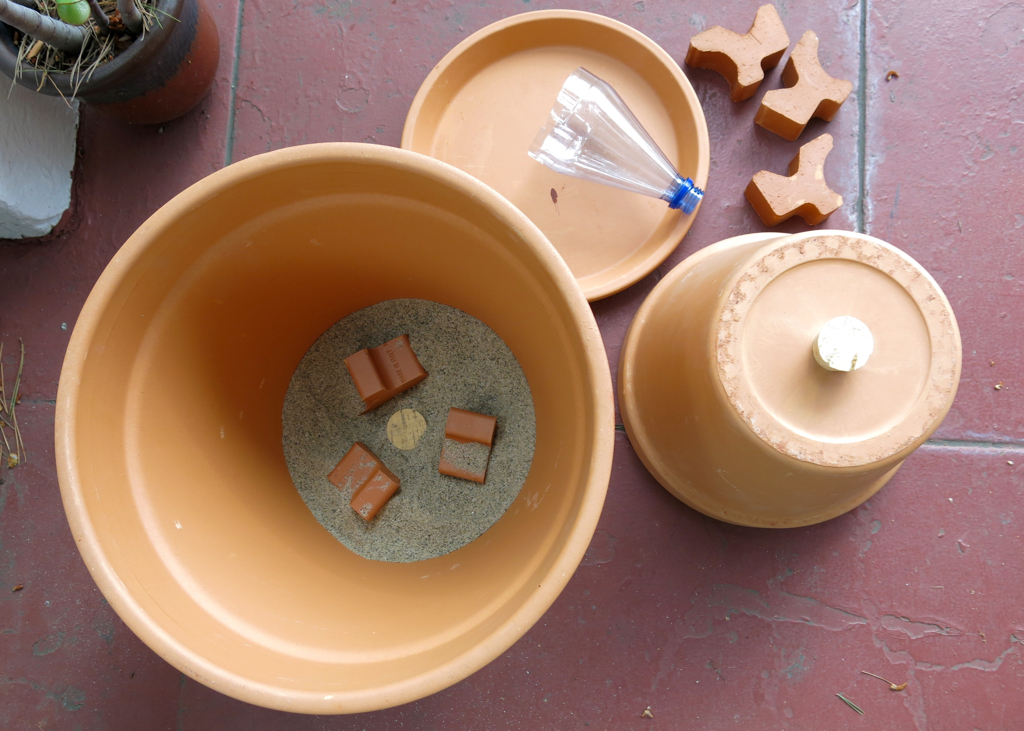
Sand the holes in the pots until the corks fit smoothly inside. Cork the holes. Place 3 of the pottery feet in the bottom of the 14″ pot so that the 12″ pot will fit inside without the corks bumping. Then fill the rest of area with sand, leaving room for the cork in the 12″ pot. Now put the 12″ pot inside, and fill the space between the pots with sand with a funnel — I made a funnel from a cut-off seltzer water bottle — to within an inch of the top of the outer pot.
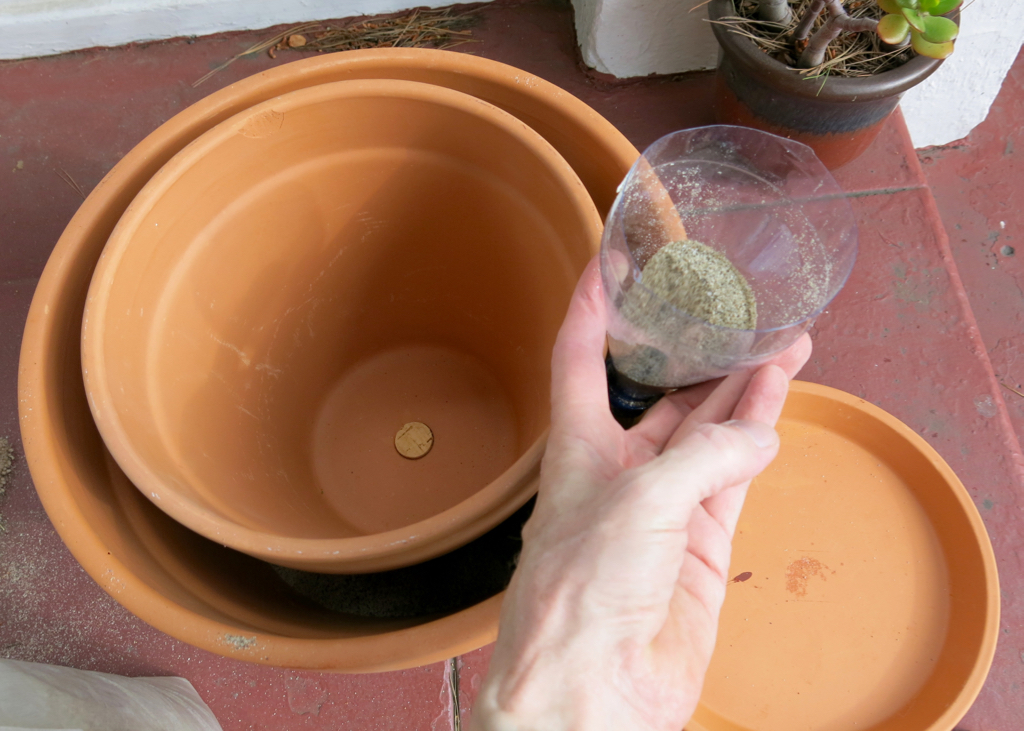
Place the whole assembly on the three remaining pottery feet, so air can circulate on the bottom, which will increase evaporation and cooling slightly.
Pour an inch or two of water into the 12″ pot, wetting in the inside of the pot. Next, slowly pour water into the sand, letting it soak in. The idea is to give the water time to soak into the sand and the terracotta pots. It can take several hours and up to a gallon of water to fully charge it. I found if I rushed this step, the inner pot started floating up; then I had to weight the inner pot with a cinder block to keep it in place until the water soaked in. Some people suggest tying the inner pot down with a strap or rope; others use threaded rod with nuts and washers (expensive and sure to rust). I had a cinder block on hand, and that worked fine.
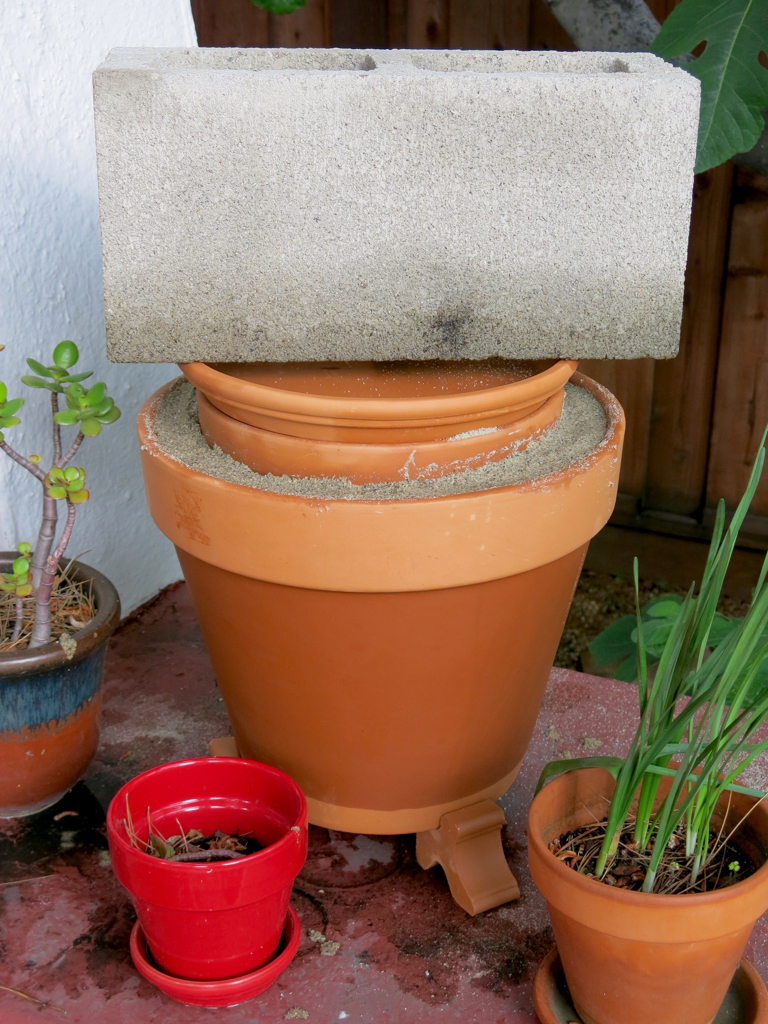
The pot saucer isn’t entirely necessary, but it helps keep the inside clean, and where we live it helps keep the squirrels out of the food (the cinder block might even keep raccoons out). Pour some water into the saucer, soak the old T-shirt, and cover the pots with the T-shirt, adding even more evaporative surface. It gets pretty windy where we are, so I tied the T-shirt in place.
Total cost: about $55 (if you have to buy sand), with no cost to run it ever. Mohamed Bah Abba sells them for 40¢ ea. in Nigeria, a brilliant example of low-cost yet highly effective technology from the developing world.
More about this invention here.
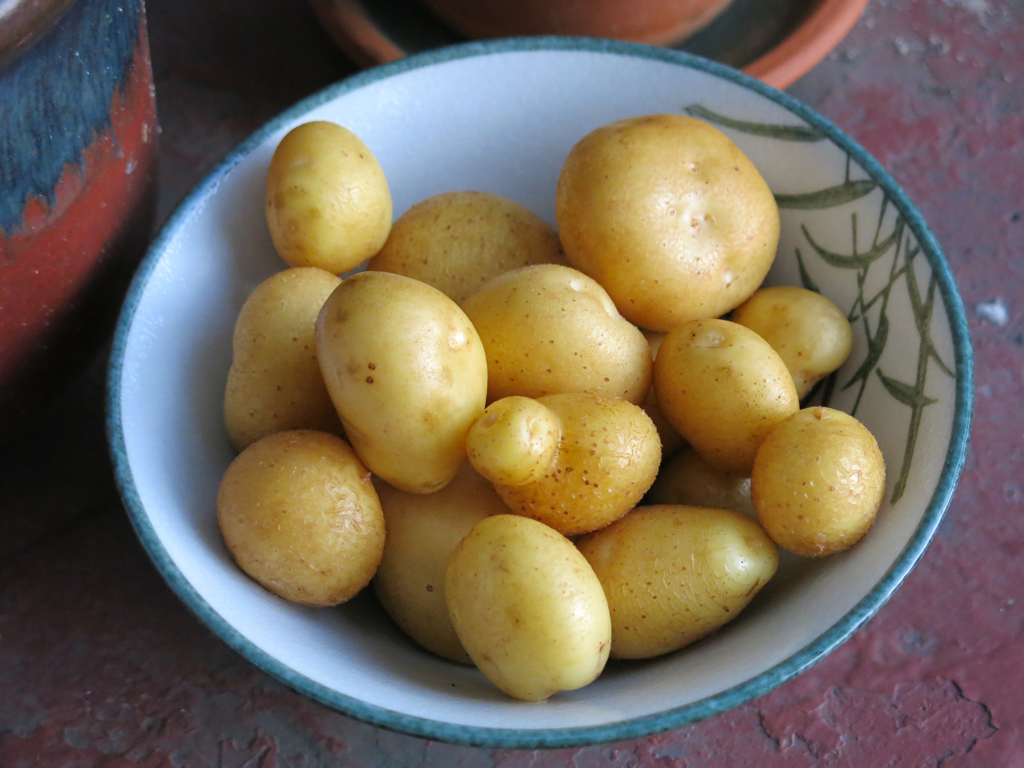




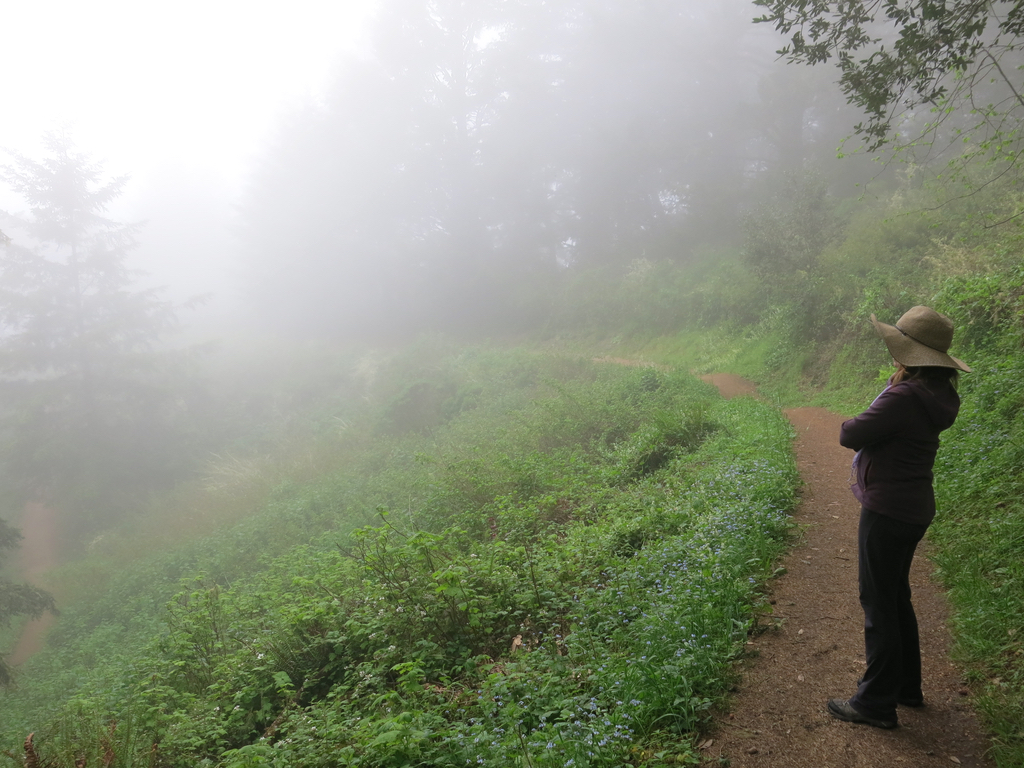
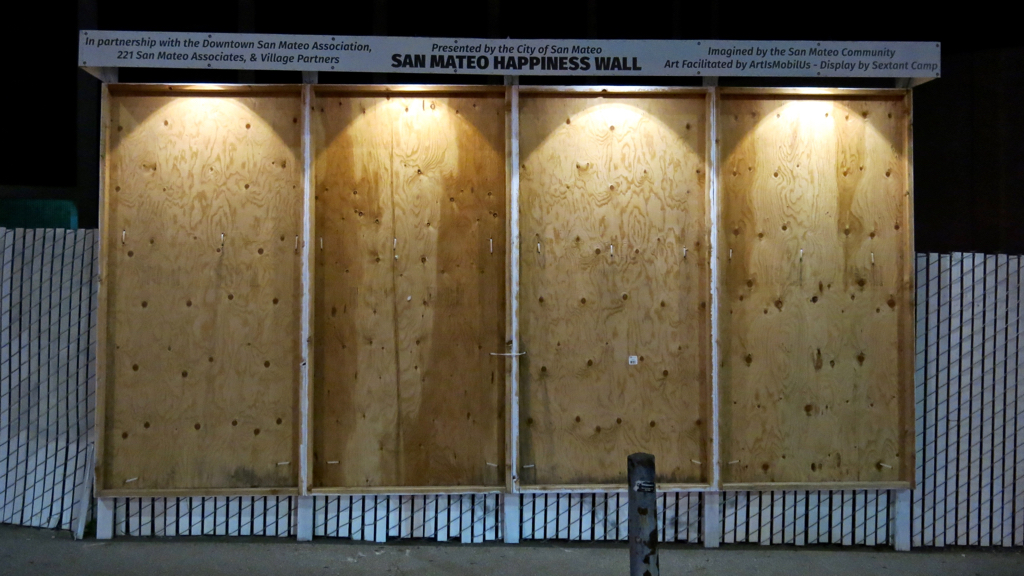
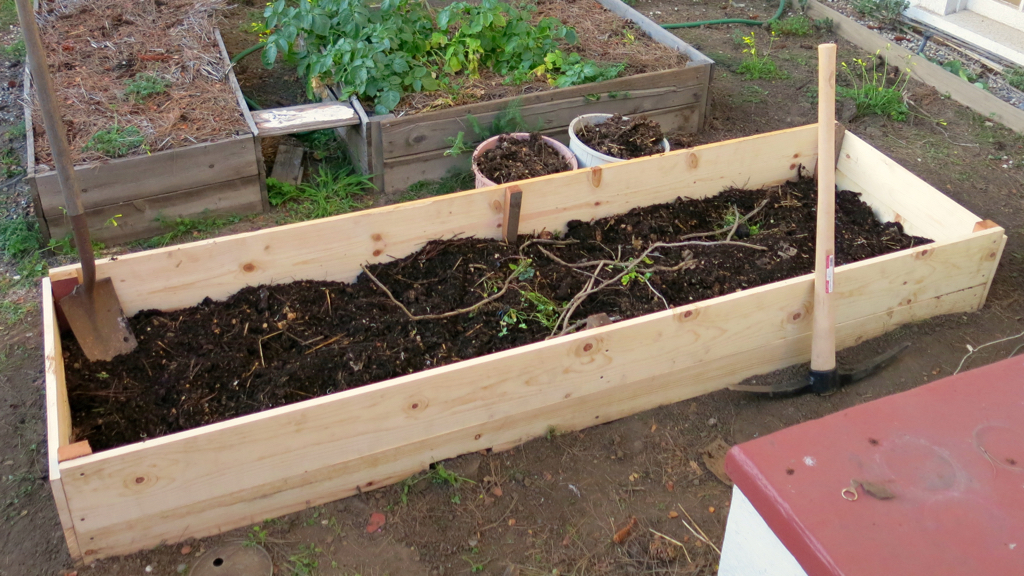
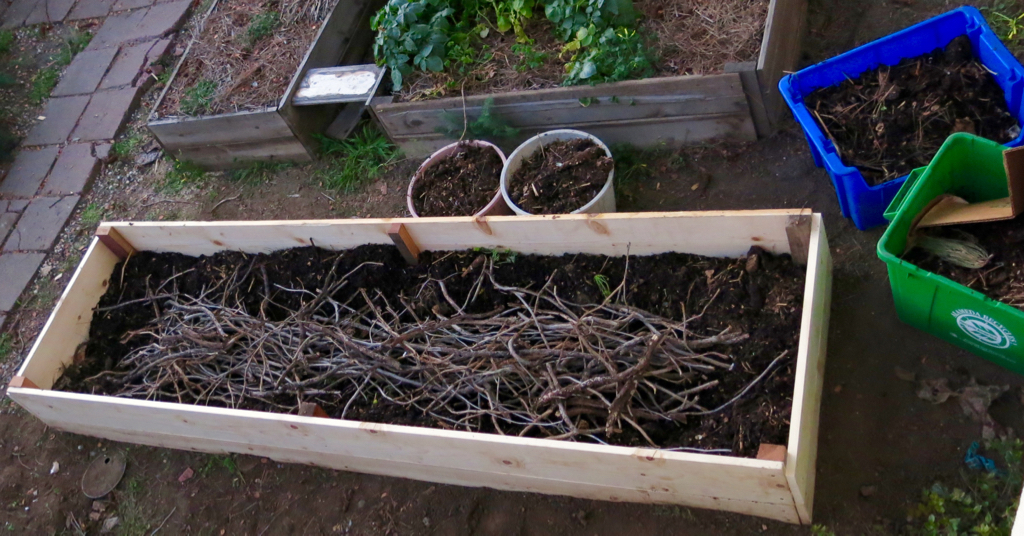
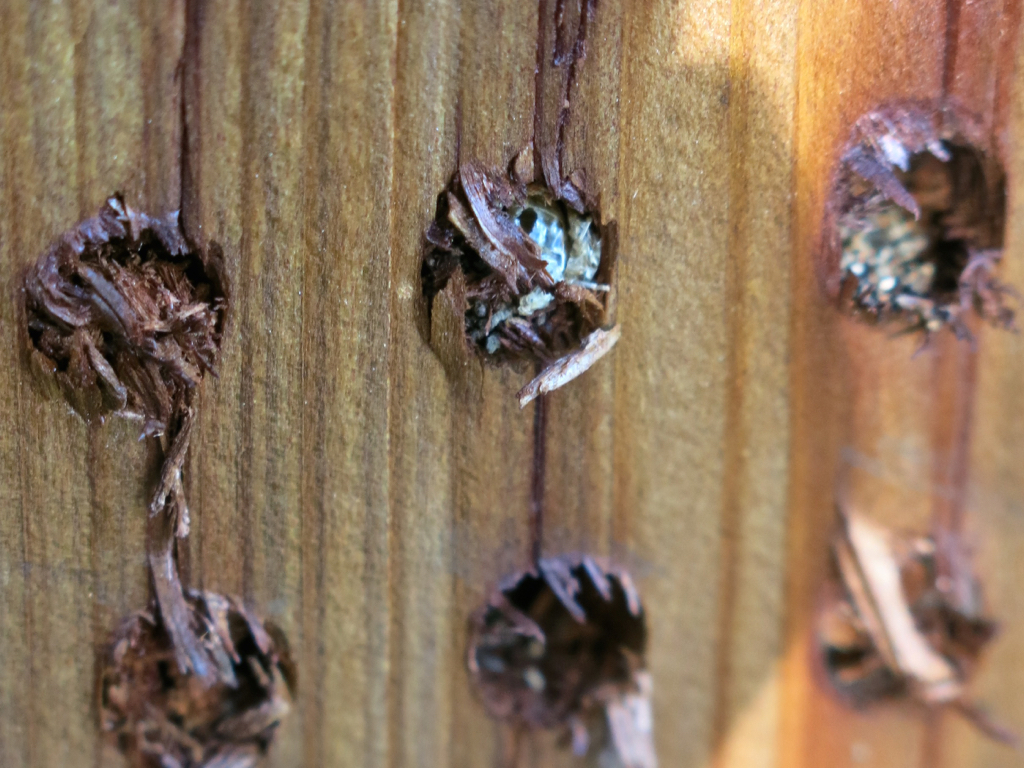
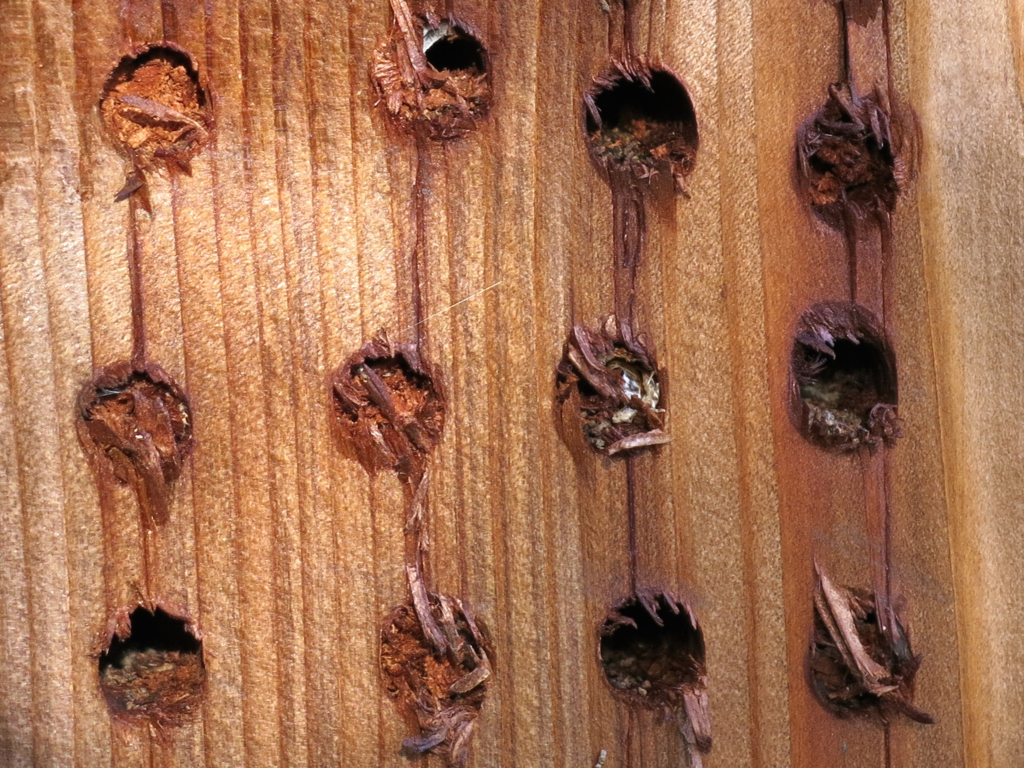
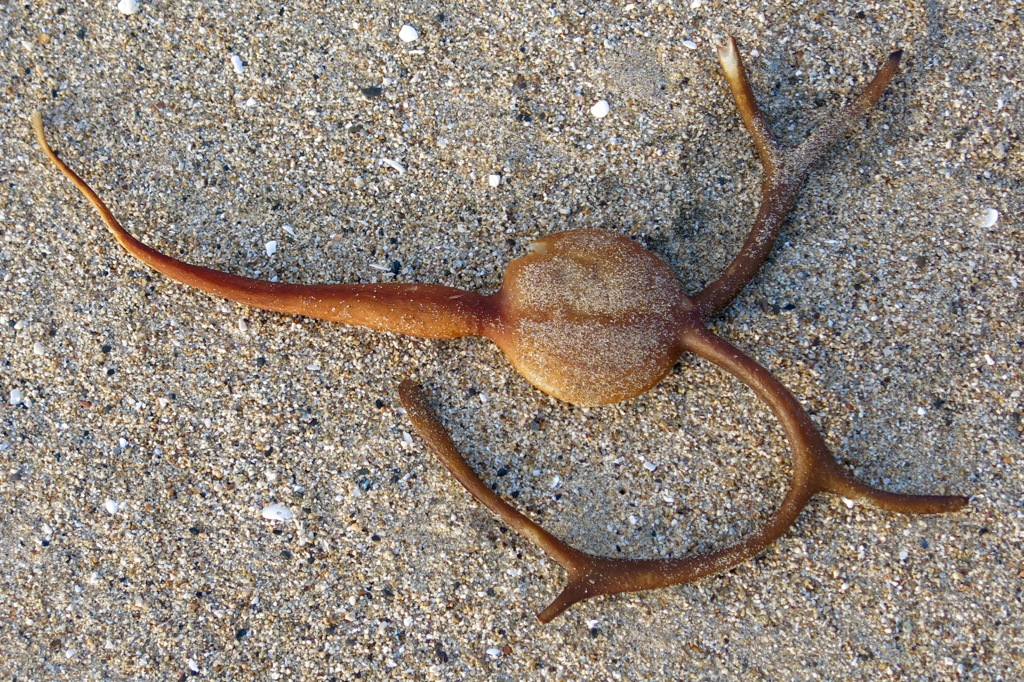
 I was particularly interested in these verses because they happened to be about three religions I am currently studying. And lest you think I’m kidding about Wall Street being a religion, you might want to check out Scott Gustafson’s new book
I was particularly interested in these verses because they happened to be about three religions I am currently studying. And lest you think I’m kidding about Wall Street being a religion, you might want to check out Scott Gustafson’s new book 